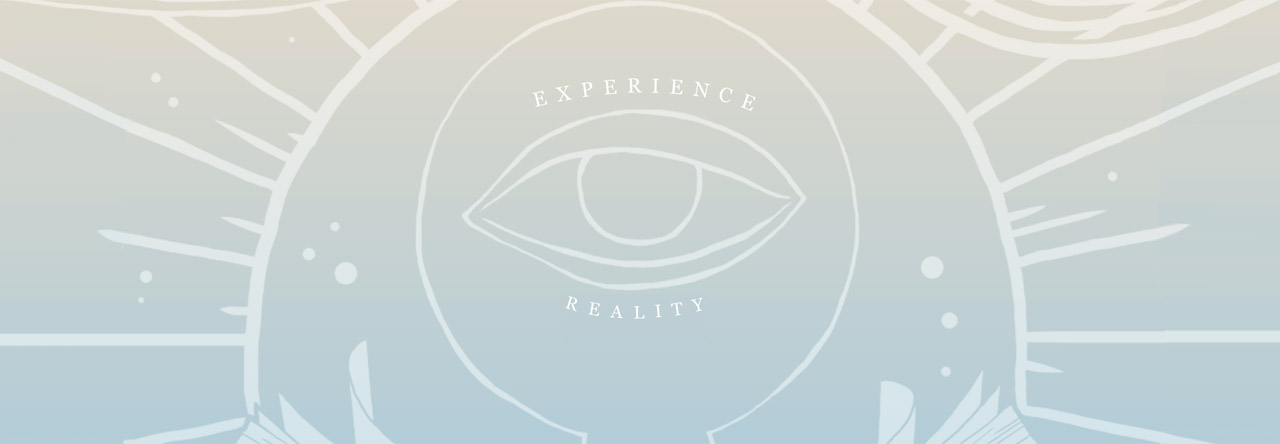 Many readers have been asking us what to read after The Help. Two books that have satisfied my soaring emotions after reading The Help were In Search of Our Mothers’ Gardens by Alice Walker and Tongues of Flame by Mary Ward Brown.
Many readers have been asking us what to read after The Help. Two books that have satisfied my soaring emotions after reading The Help were In Search of Our Mothers’ Gardens by Alice Walker and Tongues of Flame by Mary Ward Brown.
Walker’s book is a collection of essays written in the 60s and 70s about civil rights, Alice’s time spent in Jackson, essays written about Zora Neal Hurston and essays written about the act of writing. The title essay, “In Search of Our Mothers’ Gardens,” brought me to tears. It is about the African-American woman’s struggle for creative outlets throughout history. Alice writes of African-American women in the post-Reconstruction South: “exquisite butterflies trapped in an evil honey, toiling their lives away in an era, a century, that did not acknowledge them, except as ‘the mule of the world.’ They dreamed dreams no one knew–not even themselves, in any coherent fashion–and saw visions no one could understand. They wandered or sat by the countryside crooning lullabies to ghosts, and drawing the mother of Christ in charcoal on courthouse walls” (232).
Alice writes that these women “have handed on the creative spark, the seed of the flower they themselves never hoped to see” (240). Alice writes of her own mother, “ordering the universe in the image of her personal conception of Beauty” (241) in her garden, known three-counties-wide.
This is what brings me to tears: thinking of all the mothers, and grandmothers, and great grandmothers seeking creative outlets, avenues for expression of their own version of Beauty. Often this took place in the home. My own grandparents, son and daughter of German immigrants, were poor, a tiny house in the middle of dusty central Texas. My grandmother sewing by hand the quilts she would hand down to her children, grandchildren, great grandchildren . . .
Thinking about the stifling limits of slavery and segregation for African American women, thinking about the particular struggles of poor immigrant women is humbling. Their hands hold us up today, giving us the freedom to pursue any whim of creativity or self-exploration.
 John wrote an earlier blog about Mary Ward Brown’s new memoir Fanning the Spark. This memoir actually connects beautifully to Alice’s essay “In Search of Our Mothers’ Gardens.” Mary writes about the security her parents afforded her by leaving her their land and house. The house, where she writes her short stories, she still lives in today.
John wrote an earlier blog about Mary Ward Brown’s new memoir Fanning the Spark. This memoir actually connects beautifully to Alice’s essay “In Search of Our Mothers’ Gardens.” Mary writes about the security her parents afforded her by leaving her their land and house. The house, where she writes her short stories, she still lives in today.
*
 Her first collection of short stories, Tongues of Flame, was published in 1986. Mary Ward Brown spent her earlier years caring for her family, reading, and earning a living. She opted to write and publish late in life. Tongues of Flame was awarded the Pen/Hemingway award for fiction.
Her first collection of short stories, Tongues of Flame, was published in 1986. Mary Ward Brown spent her earlier years caring for her family, reading, and earning a living. She opted to write and publish late in life. Tongues of Flame was awarded the Pen/Hemingway award for fiction.
What I find consoling about this collection, after reading The Help, is that she writes of the time following the civil rights movement and the evolving relationships between blacks and whites in the South. “Beyond New Forks” particularly echoes The Help as it captures the complexity of the relationship between a white woman and a black woman, Queen Esther. It was Queen’s mother who raised these two, side by side. Additionally, the story deals with a new generation of African Americans who must find a redefined place in society after desegregation. It is Queen’s daughter who struggles to find an identity in the rural South, which does not include cleaning and cooking for a white woman. Queen Esther and her white counterpart must both reconcile the societal changes they have witnessed in their lifetimes.
















